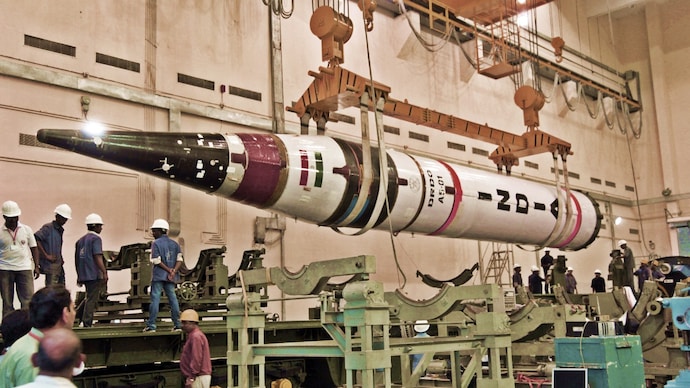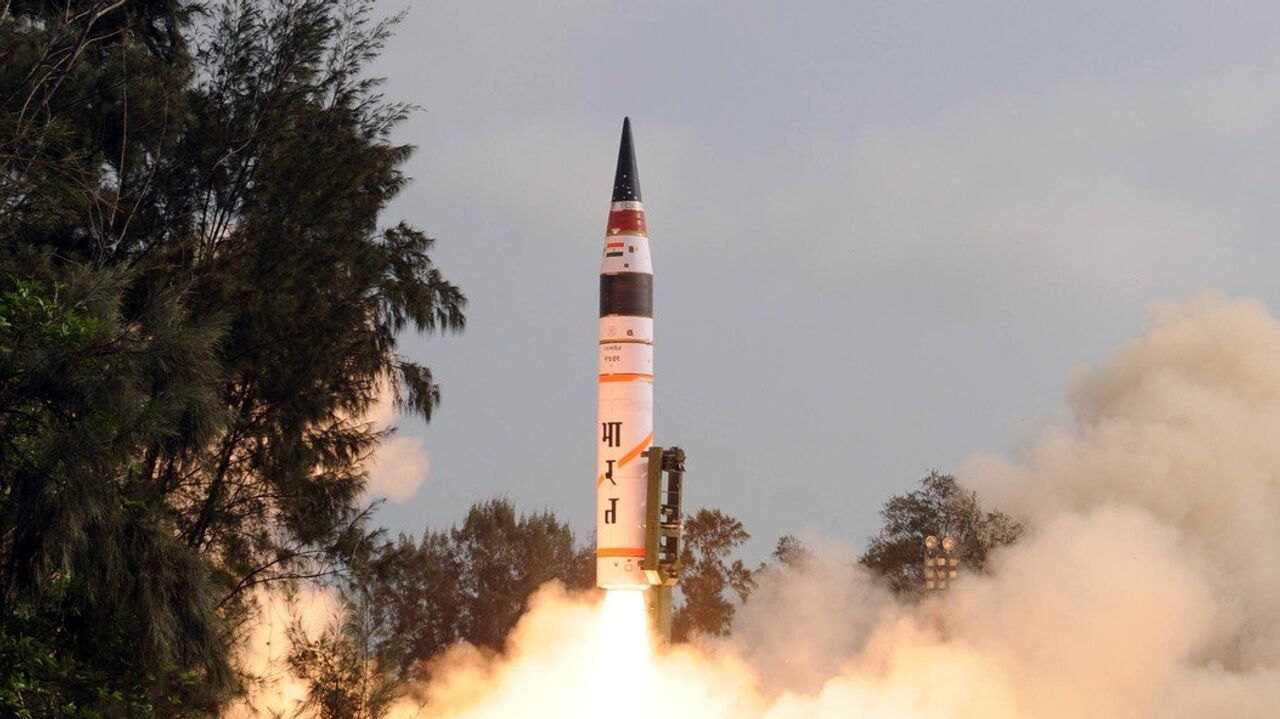In the wake of the US deploying GBU‑57/A Massive Ordnance Penetrators (MOPs) against Iran’s underground nuclear sites on June 22, 2025, India has reportedly expedited plans to develop a homegrown bunker‑buster missile by adapting the Agni‑V intercontinental ballistic system. Let’s break down what we know so far.
🧰 What exactly is the plan?
- Modified Agni‑V: India’s Defence Research and Development Organisation (DRDO) is working on a conventional variant of Agni‑V—the same missile that currently delivers nuclear payloads up to 5,000 km.
- Reduced range: The bunker‑buster version will have a shorter range—about 2,500 km—due to its heavy warhead.
- Enormous warhead: It’s designed to carry a conventional warhead weighing roughly 7,500 kg (7.5 tonnes), making it one of the largest non-nuclear payloads globally.
💥 What capabilities will it have?
- Deep penetration: The warhead is engineered to smash through 80–100 meters of reinforced concrete or earth before detonation—akin to the GBU‑57.
- Hypersonic speeds: Expected to reach Mach 8–20, placing it within the hypersonic class.
- Precision guidance: Leveraging Agni‑V’s existing accuracy (circular error probable within ~10 m) with advanced INS/GPS/NavIC systems.
🔄 Variants under development
- Airburst variant: Designed to detonate above ground, targeting runways, surface installations, or large troop concentrations.
- Deep-penetration variant: Specifically made to destroy subterranean complexes—command centers, missile silos, and storage facilities.
🎯 Why India needs this

- No strategic bombers: India lacks B‑2 or B‑52 type aircraft capable of deploying heavy bunker‑buster bombs, unlike the US.
- Missile-based flexibility: A missile-delivered warhead is more survivable, cost-effective, and versatile than air-dropped munitions.
- Regional threats: Can be used against hardened infrastructure in Pakistan and China, including rumored sites at Kirana Hills.
- Hypersonic deterrence: Aligns with global trends in rapid-strike deterrence and deep-penetration warfare.
🧠 How bunker‑busters work
- Massive, hardened casing: Thick shells built to slam through concrete and rock.
- Delayed detonation: Fuses that trigger after tunneling into the target.
- High-explosive payload: Designed to collapse internal chambers and structures.
⚖️ Strategic impact
This missile system would fill a critical gap in India’s deterrence—enabling precise, deep-strike capability without reliance on air platforms. It enhances both counterforce (striking military infrastructure) and deterrence signals. And with both airburst and penetration versions, it offers multi-domain strike flexibility.
🛠 Where things stand now
- DRDO has reportedly fast-tracked development since June 2025, post-Iran strike.
- Public reports confirm multiple media outlets (India Today, Hindustan Times, Economic Times) acknowledging a 7.5 tonne payload, hypersonic speeds, and ~2,500 km range.
- Concrete timelines for testing or induction—still undisclosed.
🔚 Final take
India’s Agni‑V bunker‑buster project is an ambitious leap toward strategic autonomy. By delivering massive conventional strikes deep underground at hypersonic speed, it mirrors American capabilities while fitting India’s doctrine and force structure. It’s still in the developmental stage, but this weapon could transform deterrence in South Asia—if it moves from concept to reality.













